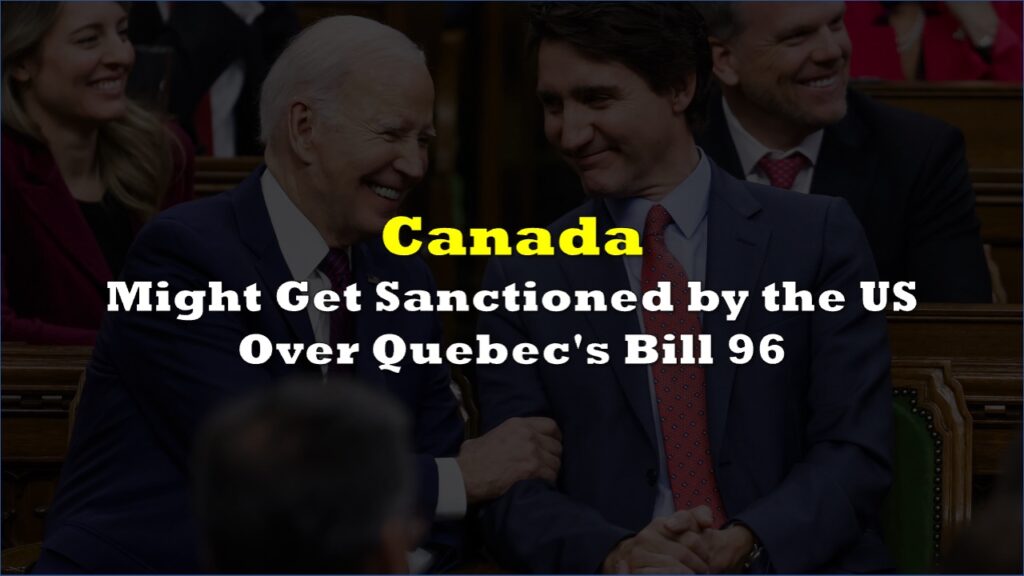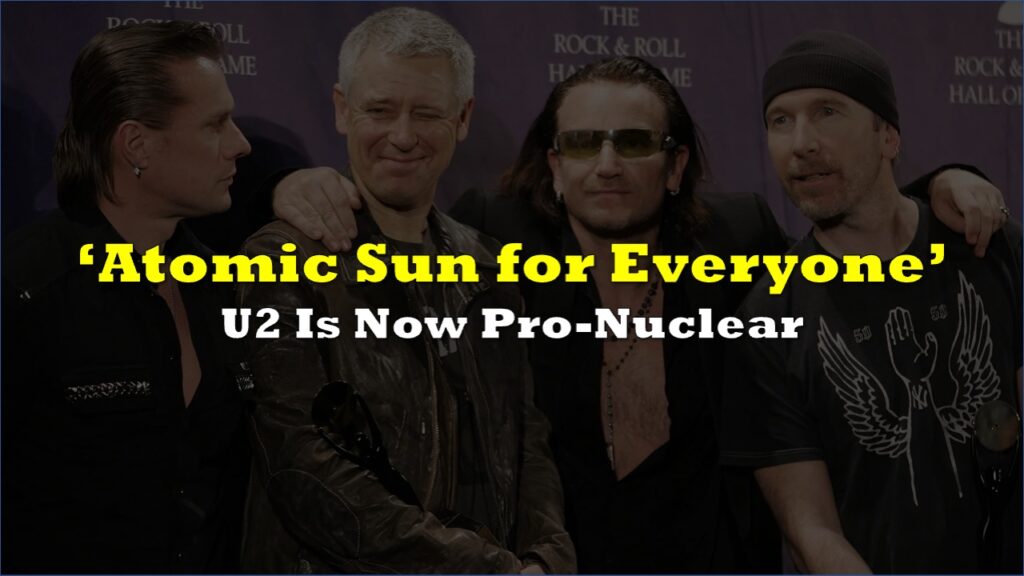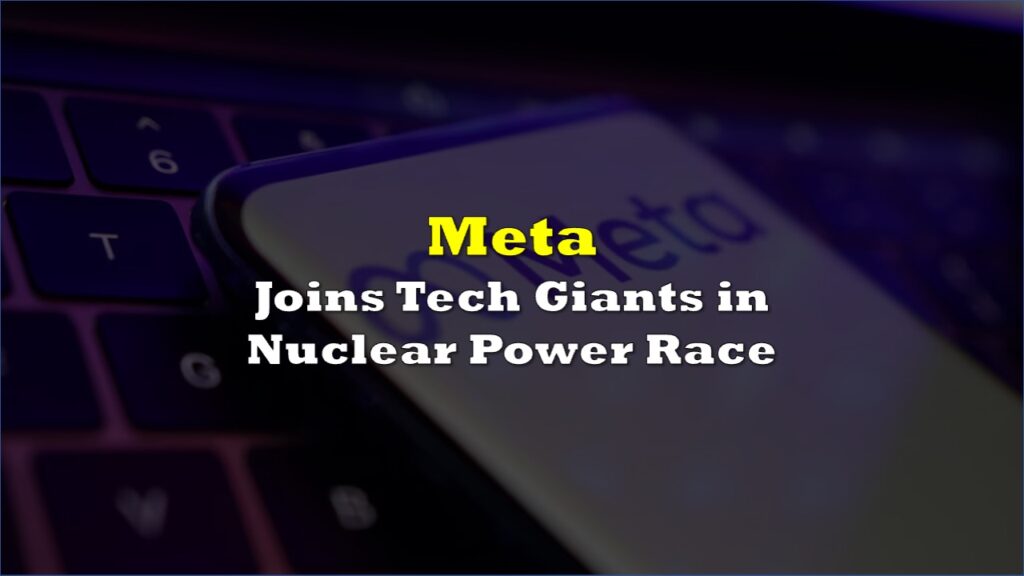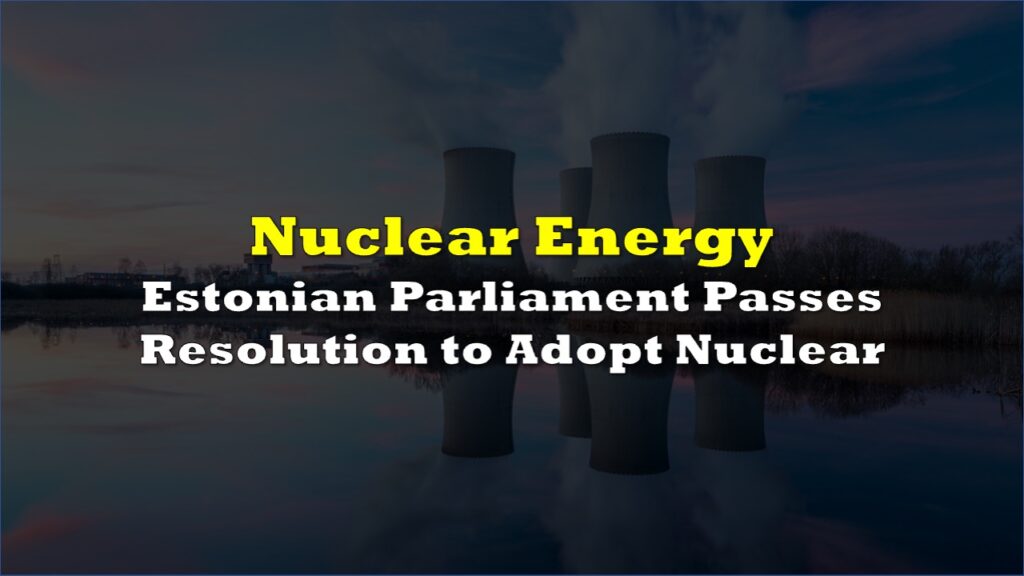In a bid to bolster electricity generation within Quebec, Hydro-Québec is mulling over a return to nuclear power. The state-owned utility officially announced on Thursday that it is evaluating the feasibility of resuming operations at Gentilly-2, the province’s sole nuclear power facility, which ceased operation in 2012.
Maxence Huard-Lefebvre, a spokesperson for Hydro-Québec stated, “We are currently conducting an assessment of the current state of the plant.” This move comes as part of the company’s broader initiative to chart the course for Quebec’s future energy supply. The exploration of various avenues to enhance electricity production and decarbonize Quebec’s energy landscape is central to this endeavor.
“Given the projected energy landscape in Quebec for the coming years, it would be unwise to rule out any potential energy sources at this juncture. Premature conclusions must be avoided,” the spokesperson added.
This assessment was initiated at the behest of Hydro-Québec’s newly appointed CEO, Michael Sabia, who expressed openness to incorporating nuclear power into Quebec’s energy mix in recent interviews.
The contemplation of this move follows over a decade after Gentilly-2, situated near Bécancour, Quebec, was deactivated under the administration of Pauline Marois’s Parti Québécois government in 2012. The plant, boasting a 675-megawatt reactor, had been operational since 1983 prior to its decommissioning in the wake of the 2011 Fukushima disaster in Japan.
Gentilly-2, which contributed about two percent of Quebec’s total electricity production, had employed around 800 personnel. The decision to shutter the plant was projected to incur costs of $1.8 billion spread out over a span exceeding 50 years.
The nuclear plant constitutes one of Canada’s five nuclear power facilities, with the remaining four still in active operation. Three of these plants are owned by Ontario, located in Bruce, Pickering, and Darlington. Additionally, New Brunswick is home to the fifth plant, Point Lepreau, and there are deliberations about funding the development of new, more compact reactors.
However, the potential revival of Gentilly-2 amidst global and national debates about the role of nuclear energy in mitigating climate change is expected to spark significant controversy.
Why are they looking to revive this?
— Tracy (𝒞𝒽𝒾 ) (@chigrl) August 10, 2023
My Thoughts
Recent timeline:
I will preface this with Hydro-Quebec has been exporting electricity to New England since the 1980s, but the utility has been looking to increase and diversify its business with its American neighbors.
On to… https://t.co/e7ajb8G1cA
At present, Quebec benefits from cost-effective energy through its Churchill Falls agreement with Newfoundland and Labrador, procuring electricity at a rate of 0.2 cents per kilowatt-hour and retailing it to Quebec consumers at 7.3 cents.
This arrangement constitutes approximately 15% of Quebec’s total energy supply. As the contract is slated to conclude in 2041, Premier François Legault is already shifting focus towards alternative energy sources in the event that renegotiated terms are less advantageous.
In January, following the unexpected departure of Hydro-Québec CEO Sophie Brochu, Legault reiterated intentions to construct a new dam to address the province’s escalating energy requirements. However, the public reception of additional dam projects remains uncertain.
The recent La Romaine 4 dam construction, costing $7 billion, produces energy at a rate exceeding 10 cents per kilowatt-hour.
Quebec’s aspirations to achieve significant greenhouse gas emission reductions necessitate the pursuit of renewable energy sources. By 2030, the province aims to lower emissions by 35% to 45% compared to 1990 levels, with the ultimate goal of carbon neutrality by 2050.
In April, Prime Minister Justin Trudeau has announced his country’s plans to revive nuclear energy production in a bid to reduce its reliance on fossil fuels. He suggested that nuclear energy will play a key role in achieving these goals, with Canada investing in small modular reactors.
The proposed revival of nuclear power has sparked opposition from former officials. Martine Ouellet, who was responsible for Hydro-Québec as minister of natural resources at the time of the plant’s closure in 2012, denounces the company’s energy transition justification as “greenwashing.”
“It’s mind-boggling to see a Hydro-Québec CEO, [nine days after] taking office, wanting to relaunch nuclear power in Quebec. And all wrapped up in false pretences,” she said.
Haroun Bouazzi, the Québec Solidaire MNA responsible for energy, urges Hydro-Québec’s new CEO to present his vision for Quebec’s energy future to a parliamentary committee and formulate a comprehensive energy transition plan.
“We made the collective choice to get out of nuclear power in Quebec,” Bouazzi said in a statement. “It is worrisome that Michael Sabia and Pierre Fitzgibbon want to reopen the file today without having demonstrated that it is necessary to meet our ecological transition objectives, without the slightest public debate.”
Steven Guilbeault, Canada’s Minister of the Environment and Climate Change, unveiled draft net-zero electricity regulations that encompass nuclear power. While Guilbeault endorses the autonomy of provinces and territories in choosing emission-free technology, he notes the viability of alternatives like solar and wind power.
“The federal government has no technological preference in terms of non-emitting [greenhouse gas] technology,” he said. “We don’t dictate to the provinces or territories what type of non-emitting technology they should use. It’s up to the provinces and territories to decide.”
The news comes after Ontario announced just last month the government’s intentions to build a plant capable of generating up to 4,800 megawatts on the site of Bruce Power’s existing station in Tiverton, which is currently the largest operating nuclear facility worldwide.
Information for this story was found via CBC and the sources and companies mentioned. The author has no securities or affiliations related to the organizations discussed. Not a recommendation to buy or sell. Always do additional research and consult a professional before purchasing a security. The author holds no licenses.









